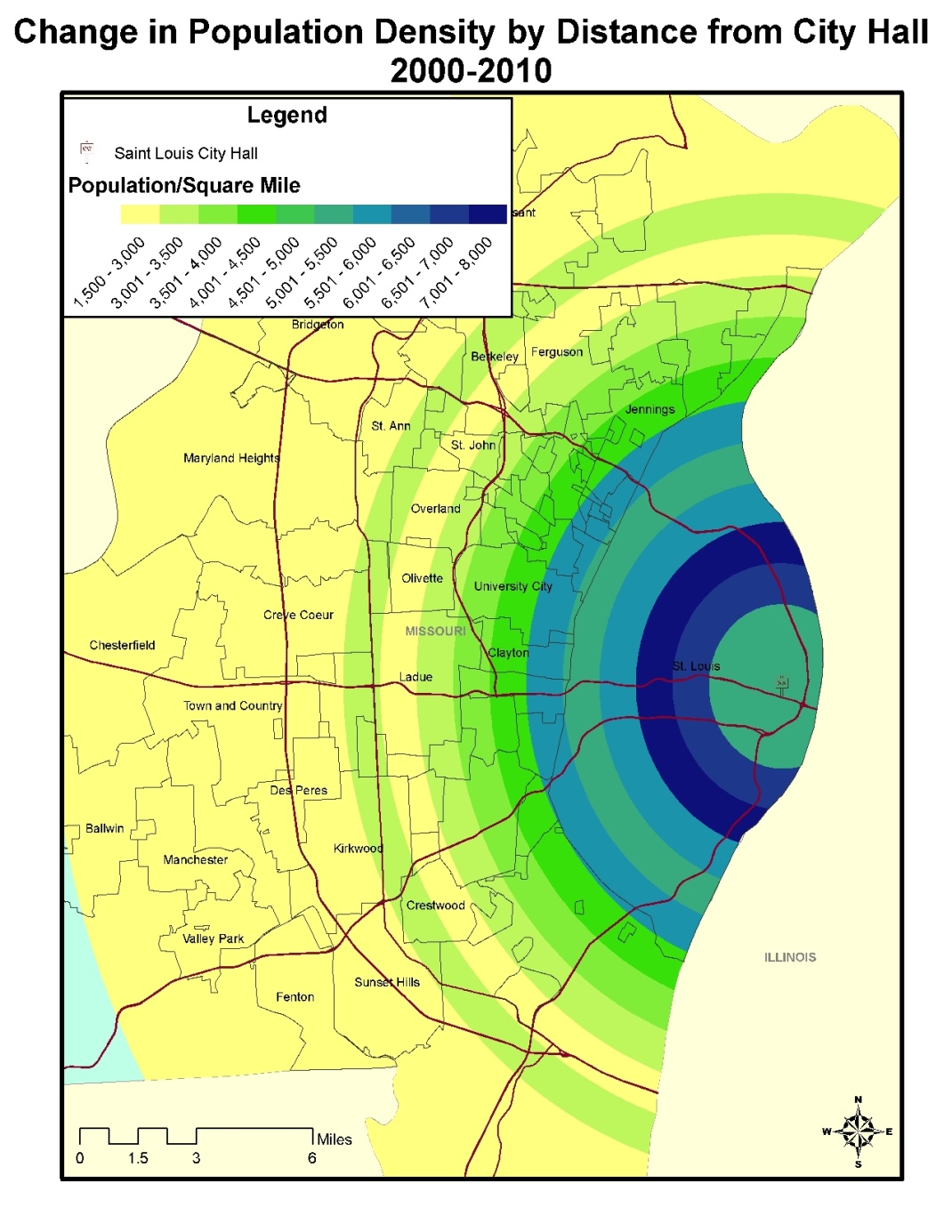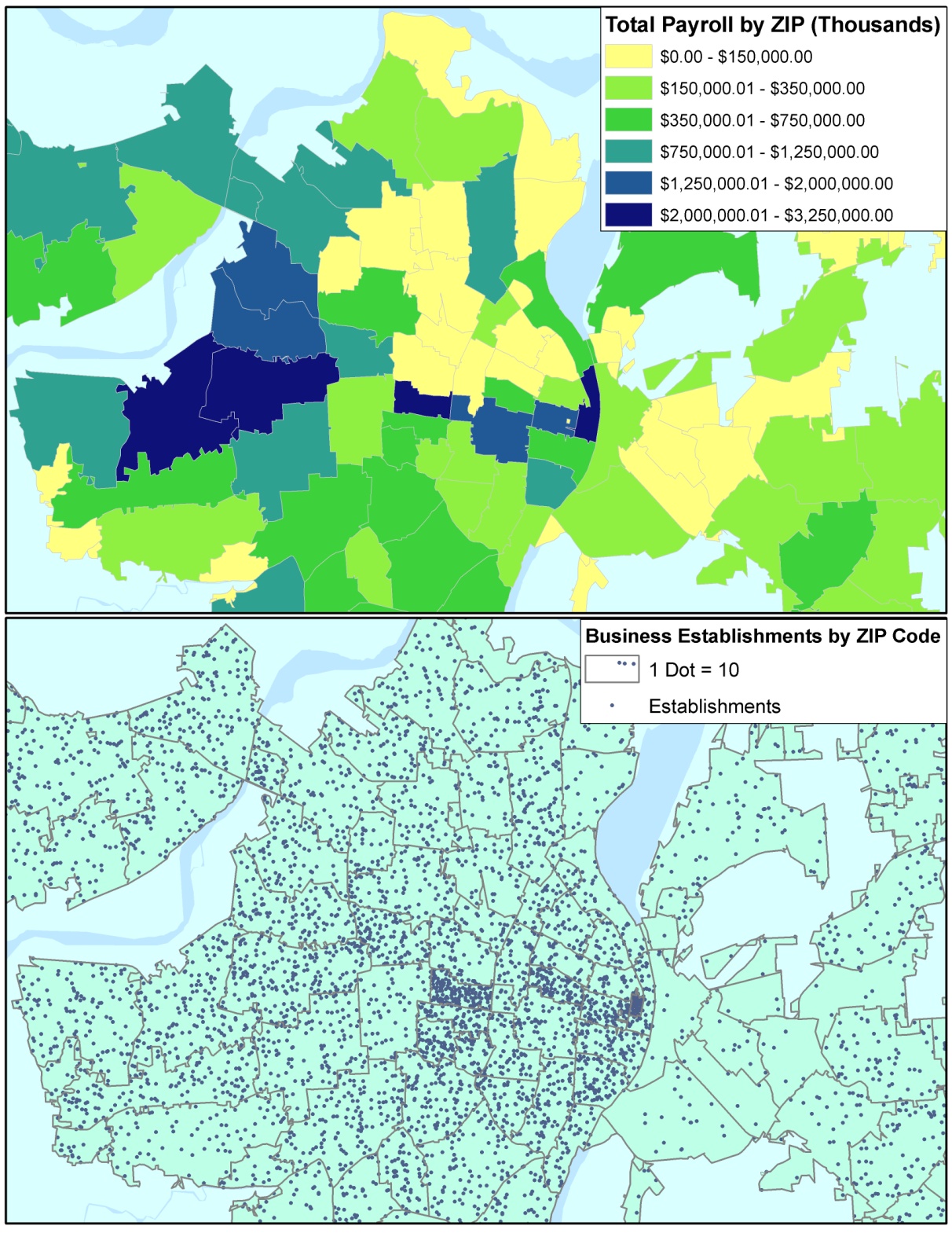Saint Louis’s Central Business District: The Heart of What?
Last week, a murder a few blocks from the Saint Louis Convention Center turned attention toward both the safety and overall vitality of Saint Louis’s Central Business District (CBD), the borders of which can be found here. The public outcry against crime was immediate. Missy Kelly, head of Downtown STL (a quasi-governmental body that promotes the CBD), released a statement saying:
“The entire region should be outraged by this because what happens in the central business district, the economic engine and heart of the St. Louis region affects us all. It affects our national reputation. It affects what businesses consider St. Louis when exploring options for their headquarters. Most importantly, it affects each of our families. Downtown St. Louis is the region’s Downtown. We all own it. We all deserve to feel safe visiting the many assets that can only be found in the heart of our city.”
Of course, violent crime is nothing new to Saint Louis, and downtown is far from the most dangerous neighborhood in the city. However, safety problems in the CBD tend to generate much more response than similar crimes in other areas do. Saint Louis leaders are eager to defend the “heart” of Saint Louis, and to call on the whole region to support the downtown.
But what exactly is Saint Louis’s CBD the heart of? Certainly not the region’s population. As we’ve written before, Saint Louis’s downtown actually has a lower population density than areas farther away from the core, like the Central West End. Furthermore, the region’s population is extremely dispersed, with large sections of the population living more than 20 miles from city hall. The Saint Louis metropolitan area is region with more than 2.8 million residents, only a few thousand of whom live downtown:

What of the CBD’s status as the business heart, or the economic engine, of Saint Louis? Today, less than 1% of the region’s annual payroll comes from businesses in the CBD. If we look at the zip codes that contain Saint Louis’s CBD, we find that areas in Saint Louis County, specifically Chesterfield and Creve Coeur, contain more businesses, contain more employees, and generate higher payroll than downtown. Looking at the maps below, we don’t see an economically dominant CBD surrounded by bedroom communities; instead we find dispersed areas of high employment. These areas include a broad central corridor that contains the CBD (but also Clayton and the Central West End) and a highly productive corridor in West County along I-270 that has more businesses and higher payrolls. The Saint Louis economy is so geographically dispersed that it might be difficult for a person not familiar with the region to locate downtown from economic data alone:

What of culture? The Saint Louis CBD has the Arch grounds. It also has the Scottrade Center, museums, libraries, theatres, and a sculpture garden. And of course, it has Busch Stadium, home to the Saint Louis Cardinals. For decades, the Saint Louis region as whole has poured tax money into amenities downtown, from the Dome formerly known as Edward Jones to the Arch grounds. Even as population and business activity left downtown, very few publicly funded civic projects were considered for any area but downtown (Forest Park being a notable exception). If public monuments, sports stadiums, and astro-turfed urbanism are all there is to culture, certainly downtown is unrivaled.
Whether or not Saint Louis’s downtown is truly its cultural heart, the region is undeniably diverse and dispersed. People live all over and work all over the map. To look at the region realistically (and plan for it effectively), we have to understand that St. Louis’s CBD is just one neighborhood among many, and we need to stop pretending that it has the economic and demographic dominance it did at the turn of the 20th century. Whether the problem is crime or economic growth, we’re unlikely to find a way forward when we can’t admit where we are.


